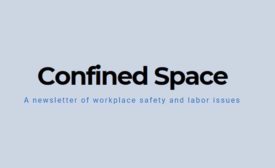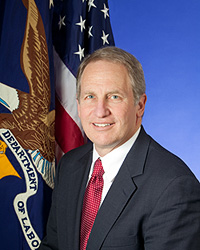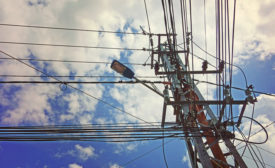News
A FairWarning story
Wireless industry using First Amendment as a cudgel in its battle against safety warnings
July 11, 2018
Never miss the latest news and trends driving the safety industry
eNewsletter | Website | eMagazine
JOIN TODAYCopyright ©2024. All Rights Reserved BNP Media.
Design, CMS, Hosting & Web Development :: ePublishing










